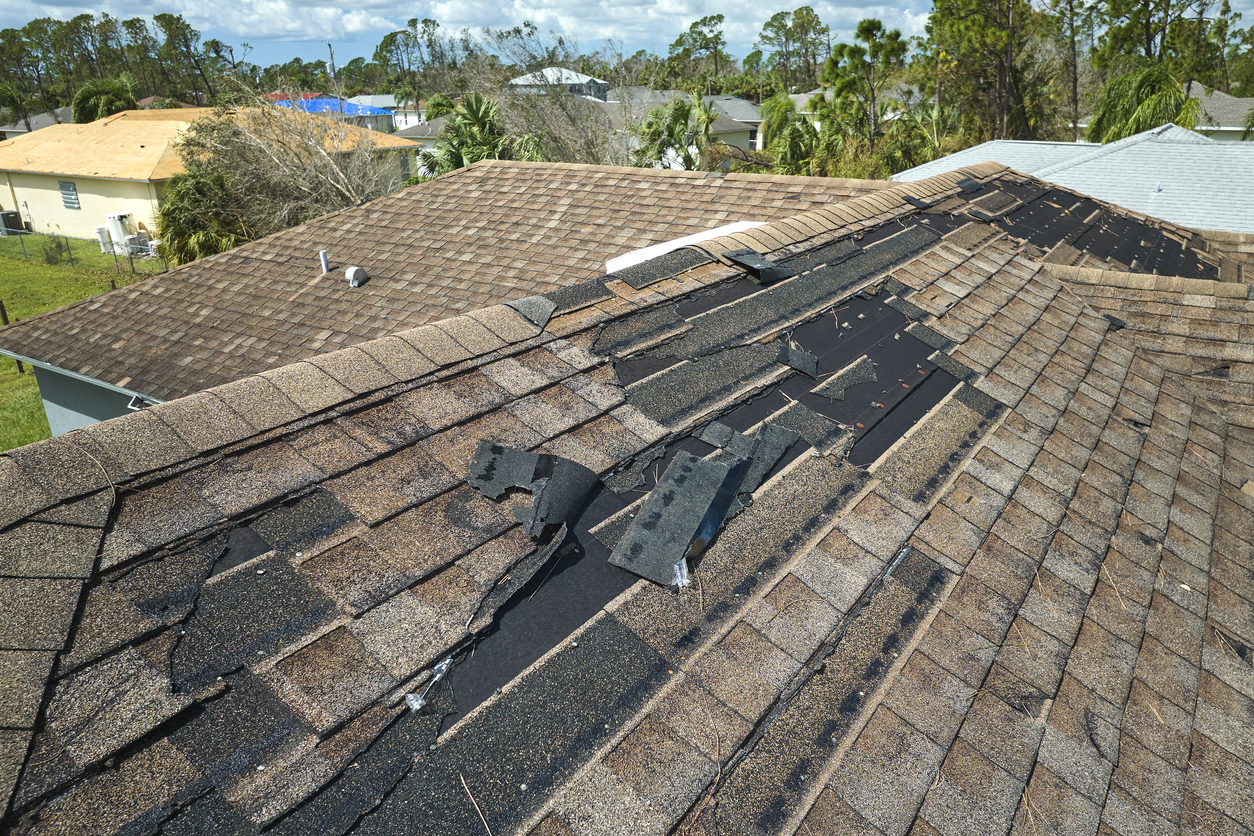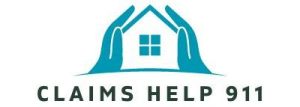
Wind can be one of the most destructive natural forces, capable of causing significant damage to homes and buildings. For property owners, understanding what is considered wind damage to a roof is crucial when filing insurance claims and ensuring proper repairs. Despite the prevalence of wind-related roof issues, many myths and misconceptions surround the topic, leading to confusion and potentially lower settlements.
At Claims Help 911, we specialize in guiding homeowners and businesses through the claims process for wind damage. This blog will debunk common myths, clarify what qualifies as wind damage, and explain how to handle claims effectively.
Understanding Wind Damage to Roofs
What Is Wind Damage?
Wind damage occurs when high-speed winds compromise the structural integrity of your roof. This can happen during storms, hurricanes, or tornadoes and includes a variety of issues such as:
- Shingle Damage: Missing, lifted, or broken shingles.
- Structural Damage: Cracked or displaced roof decking.
- Leaks: Water penetration caused by compromised roof materials.
- Debris Damage: Impacts from tree branches or other flying debris.
Why Is Wind Damage Significant?
Even minor wind damage can lead to:
- Water Intrusion: Damaged shingles expose the roof’s underlayment, increasing the risk of leaks.
- Weakened Roof Structure: Unaddressed damage can escalate, compromising the entire roof system.
- Higher Repair Costs: Delayed repairs often lead to more extensive and expensive fixes.
Learn more about wind damage claims at Claims Help 911.
Common Myths About Wind Damage
Myth 1: Wind Must Be Strong to Cause Damage
Fact: Even moderate winds (20-40 mph) can loosen shingles, especially on older roofs. Stronger winds (>50 mph) increase the likelihood of severe damage.
Myth 2: Missing Shingles Are the Only Indicator
Fact: Wind damage isn’t always visible. Lifted shingles, damaged flashing, or minor granule loss can compromise the roof without obvious signs.
Myth 3: All Wind Damage Is Covered by Insurance
Fact: Coverage depends on your policy’s terms, including exclusions for wear and tear or pre-existing issues.
Myth 4: DIY Inspections Are Sufficient
Fact: Professional inspections can identify hidden issues that untrained eyes might miss, ensuring comprehensive repairs.
Schedule a professional roof inspection with Claims Help 911 today.
What Is Considered Wind Damage to a Roof?
Visible Signs of Wind Damage
- Missing Shingles:
- High winds can tear shingles completely off the roof, leaving exposed underlayment.
- Lifted Shingles:
- Wind can lift shingles, breaking the adhesive seal and creating vulnerabilities.
- Damaged Flashing:
- Flashing around chimneys, vents, or skylights may become dislodged or cracked.
- Debris Impact:
- Fallen tree branches or flying debris can puncture the roof surface.
Less Obvious Indicators
- Granule Loss:
- Wind scours shingles, causing granule loss and reducing their protective qualities.
- Water Stains:
- Discoloration on ceilings or walls may indicate water intrusion due to wind damage.
- Sagging Areas:
- Structural issues caused by wind pressure can result in roof sagging.
Contact Claims Help 911 to address hidden wind damage issues.
Steps to Take After Wind Damage
Step 1: Document the Damage
- Take photos and videos of visible damage.
- Note the date and time of the wind event.
Step 2: Schedule an Inspection
- Hire a professional to assess the roof and identify hidden issues.
- Request a detailed report for your insurance claim.
Step 3: File an Insurance Claim
- Contact your insurer promptly and provide all necessary documentation.
- Work with a public adjuster for assistance in navigating the claims process.
Learn how Claims Help 911 simplifies the claims process.
How Insurance Companies Assess Wind Damage
What Adjusters Look For
- Shingle Condition:
- Missing or lifted shingles are clear signs of wind damage.
- Debris Impact:
- Evidence of punctures or dents caused by debris.
- Water Intrusion:
- Signs of leaks or moisture damage inside the property.
Challenges in Claim Approval
- Policy Exclusions: Damage attributed to wear and tear may not be covered.
- Insufficient Evidence: Lack of documentation can result in claim denials.
- Low Settlement Offers: Insurers may undervalue repair costs.
Schedule a consultation with Claims Help 911 to maximize your claim.
The Role of a Public Adjuster
Why Hire a Public Adjuster?
Public adjusters advocate for policyholders, ensuring:
- Comprehensive documentation of damages.
- Accurate interpretation of policy terms.
- Fair settlements that cover all repair needs.
How Public Adjusters Help with Wind Damage Claims
- Inspection and Documentation:
- Identifies both visible and hidden damage.
- Compiles evidence to support your claim.
- Claim Preparation:
- Prepares detailed reports and repair estimates.
- Negotiation:
- Represents your interests in discussions with the insurance company.
Discover how Claims Help 911’s public adjusters can assist you.
Preventing Wind Damage to Your Roof
Maintenance Tips
- Inspect Your Roof Regularly:
- Look for loose shingles, damaged flashing, or clogged gutters.
- Trim Overhanging Branches:
- Prevent branches from falling onto the roof during storms.
- Reinforce Vulnerable Areas:
- Use hurricane straps or impact-resistant materials in wind-prone regions.
Upgrading Your Roof
- Install wind-resistant shingles designed to withstand high speeds.
- Use enhanced sealing techniques to secure roofing materials.
Learn about roof upgrade options at Claims Help 911.
Real-Life Success Stories
Claim Success After Hurricane Damage
A Florida homeowner experienced significant wind damage during a hurricane. Initially offered a low settlement, they enlisted Claims Help 911’s public adjusters, resulting in a revised payout that covered full repair costs.
Business Recovery from Wind Damage
A retail business faced wind damage that compromised its roof and inventory. Claims Help 911’s team secured a settlement that included structural repairs and compensation for lost goods.
Read more success stories on our website.
Conclusion
Understanding what is considered wind damage to a roof is vital for homeowners and businesses in wind-prone areas. Identifying damage early, documenting it thoroughly, and working with professionals like public adjusters ensures a smoother claims process and better outcomes.
At Claims Help 911, we’re committed to helping you navigate wind damage claims with confidence. Schedule a consultation today to get started.
Don’t let wind damage disrupt your life. Partner with Claims Help 911 for expert guidance and peace of mind.
